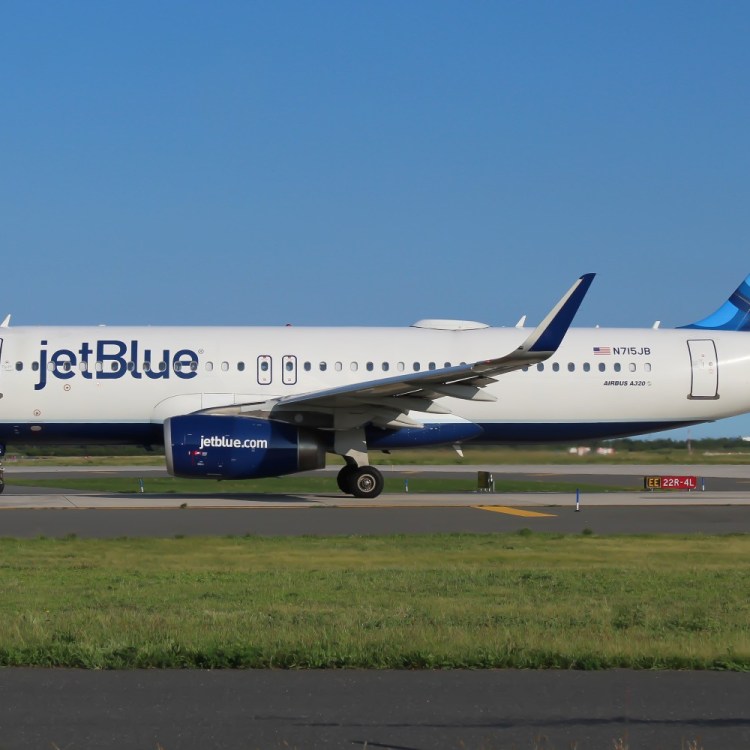How the f*ck are people able to afford travel? Assuming I’m not overcome by any wild impulses before end of day, I will have spent somewhere in the vicinity of $58 by the time I get home from work tonight. That covers my commute, a cup of coffee, a dog walk and lunch from one of the fast-casual spots near my office. Forget any unanticipated expenses or extracurriculars, that’s just what one day in-office generally costs me. (And yes, I realize I could pack a lunch, make my own coffee and nix the dog walker. But I’m trying to make a point here, and that point is that it’s expensive to live. Just to live.)
So how, then, is the average American able to afford to jet off to Italy or Japan for two weeks, which — per Squaremouth, a travel insurance comparison engine — are the top destinations for spring break this year? According to The Detroit News, the average insured trip to the latter costs just less than $10,000. For even further context, the average national wage index is roughly $66,000, yet more than 2.7 million Americans visited Japan in 2024, an increase of 33% over 2023.
That same Squaremouth analysis also tells us it’s never been more expensive to travel during spring break than it is right now. The average cost to take a trip from March 12 to 21 this year is $8,306. Even still, 173 million passengers are expected to fly from March 1 to April 30, up 4% from the same time last year, according to Airlines for America.
In this economy? With the eggs?!
It all kind of tracks, though. Airfare has been outpacing inflation for a while now. Last year, the consumer price index for airline tickets increased by 25%, though it has in no way, shape or form dictated how many Americans took trips. In fact, the United States’ international tourism expenditure reached an all-time high in 2024.
Should You Have a Travel Bucket List?
The pros and cons of treating travel like a to-do listWhile it’s still too early to know for sure, 2025 doesn’t look all that promising, either. Per Scott Keyes, founder of Going, tariffs could have an impact on travel-associated costs moving forward, too. For example, they could have serious ramifications for aircraft manufacturers.
“Planes have thousands of components, many of which are manufactured outside the U.S., and all of which need to be regularly serviced or replaced,” he told USA Today. “The longer tariffs last, the more likely we’ll see air travel impacted in the form of higher costs for Boeing and airlines, fewer overall flights, and higher fares.”
And yet, a recent survey by Investment Property Exchange Services, or IPX1031, showed that 92% of Americans plan to travel in 2025. So how are they doing it?
The answer isn’t black and white, nor all that satisfying. A significant truth is that the dollar goes much further in a lot of other countries, even some of the more heavily touristed. Airfare may be up, but people generally have an easier time justifying that if it’s going to be “cheap” once they arrive wherever it is that they’re going. In other cases, they’re simply budgeting for it (79%, per the IPX1031 survey). Others are going into debt, a tricky case to argue, as there are myriad benefits to using a credit card to book travel. Though it does beg the question: Of all the things that might require us to go into debt in this day and age, should travel be one of them?
It’s obviously a very personal decision, one that, as a travel editor, I fully understand. Not to mention, my job is largely contingent on others choosing to travel. And it shows that more people are making it a priority to do so. But if you find yourself publicly complaining about the price of eggs, maybe table that $8,000 spring break trip to Italy. Or at least have the decency not to post about it.
This article appeared in an InsideHook newsletter. Sign up for free to get more on travel, wellness, style, drinking, and culture.




















